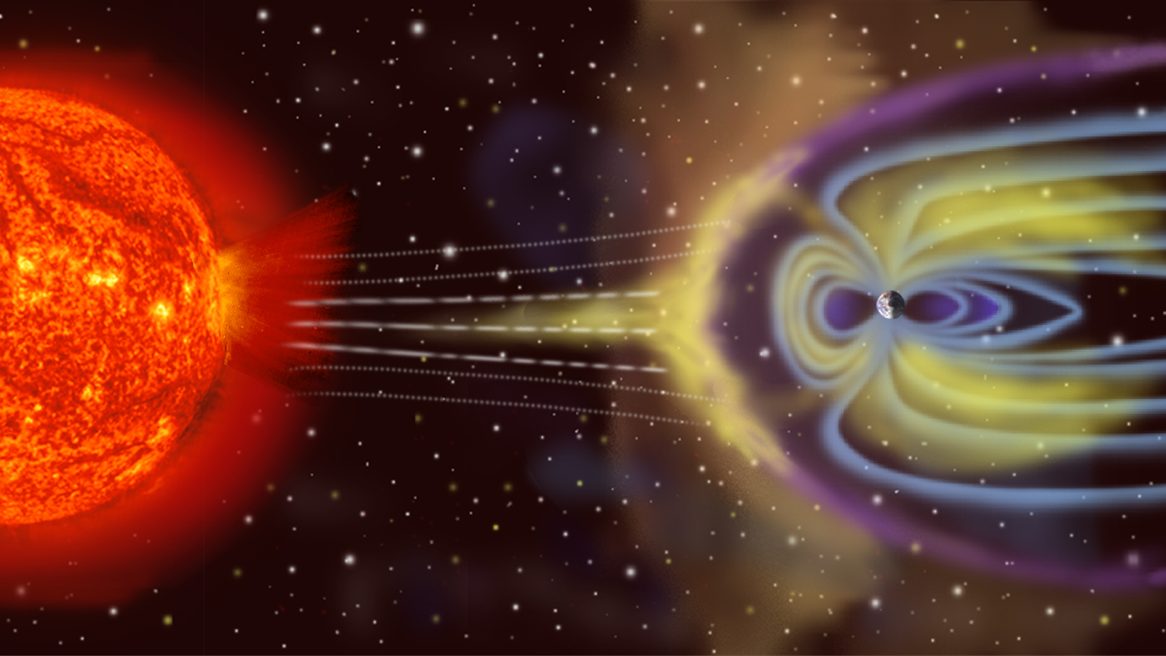An Overlooked Effect of Climate Change Could Turn Cities into Hellscapes

Garth Risk Hallberg’s much buzzed-about and nearly thousand-page debut novelCity on Fire takes place in gritty 1970s New York. In addition to the litany of its quintessential New York characters (a reporter, a teacher, a cop, etc.) the book hinges on a periodic New York event — the 1977 blackout
On July 13, the city went dark for 25 hours and riots, looting, and violence ensued. Before that, there had been one in 1965 and, fast-forward to 2003, yet another blackout occurred. This weekend, there was a blackout in L.A. and earlier this year the lights abruptly went out in the nation’s capital. It may sound like a fluke here and there, but, more and more, blackouts are becoming written into the narrative of modern life.
So, the power goes out for a few hours. No big deal, right? Not really. During the 2003 blackout that took out all of the Northeast corridor, the two days without power cost $6 billion. During the blackout that ensued after Hurricane Sandy, over 8 million people lost power in 17 different states partially because the power grid has become so overtaxed. And blackouts don’t just happen regularly in the U.S.; as nations industrialize, they are happening more and more frequently around the world. In 2012, nearly 700 million people in Indiawent without power for several days. To put that number in perspective, it’s nearly a tenth of the world’s population.
If [carbon emissions] continue to rise, the likelihood of massive weather events will continue to rise as well. And no amount of infrastructure investment can combat Mother Nature.
Because of climate change, cities like New York will become increasingly vulnerable to severe weather that can shut down power systems; moreover, cities like Houston and Miami have ballooned in population only to further stress America’s aging power grid. Part of the 2009 Recovery Act sought to address infrastructure issues, but the real elephant in the room is that carbon emissions will have to decrease. If they continue to rise, the likelihood of massive weather events will continue to rise as well. And no amount of infrastructure investment can combat Mother Nature.
Hallberg’s novel descends into literal and figurative darkness when the power failed on that July day in 1977. While it’s fiction, it’s a chilling look at how debilitating modern life can be when it fails to be modern. Perhaps then, the best way to avoid future blackouts is to rethink how our power usage should be reduced in our increasingly electricity-hungry times — not only to alleviate the system, but also to reduce the carbon emissions that further tax the system when the weather goes haywire.
Shirley Ann Jackson says we may not know how bad global warming will get, but the possible outcomes are so dire that we need to take mitigating steps.
—
Aerial view of a building burning in the wake of the New York City blackout, Brooklyn, New York, New York, July 14, 1977. (Photo by Robert R. McElroy/Getty Images); Daily News front page July 15, 1977
Daphne Muller is a New York City-based writer who has written for Salon, Ms. Magazine, The Huffington Post, and reviewed books for ELLE and Publishers Weekly. Most recently, she completed a novel and screenplay. You can follow her on Instagram @daphonay and on Twitter @DaphneEMuller.





